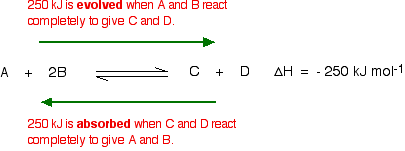Graham's Law
Rates of diffusion and effusion depends on relative velocities of gas molecules. Diffusion is a natural tendency for mobile particles(gas and liquid) to travel continously and to go from areas of high concentration to areas of low concentration by gradual mixing and virtue of their kinetic properties.
Recall that average kinetic energy of molecules of any gas equals 1/2mv2 and comparing two different gases: 1/2mv2=1/2mv2
As the mass of a gas increases, the velocity decreases and all gases will have the same average kinetic energies at a given temperature.
Graham’s Law is written as:
Rate of diffusion of A = Molar Mass B
Rate of diffusion of B Molar Mass A
Graham’s law of effusion/diffusion states that the rates of movement of gases at the same temperature and pressure are inversely proportional to the square roots of their molar masses.
Given a specific temperature and pressure, gases will move (diffuse or effuse) faster if their molar mass is low and slower if their molar mass is high. This is true because their kinetic energy is the same but lighter gases need to travel at greater velocities.
Consider the fragrance industry. Would we want our cologne or perfume to travel faster or slower. A lady may get more attention the real purpose of fragrance if it travels faster. However the fast traveling low mass fragrance would need to be applied more frequently. This is among the many things to be considered as a chemist in this industry.
